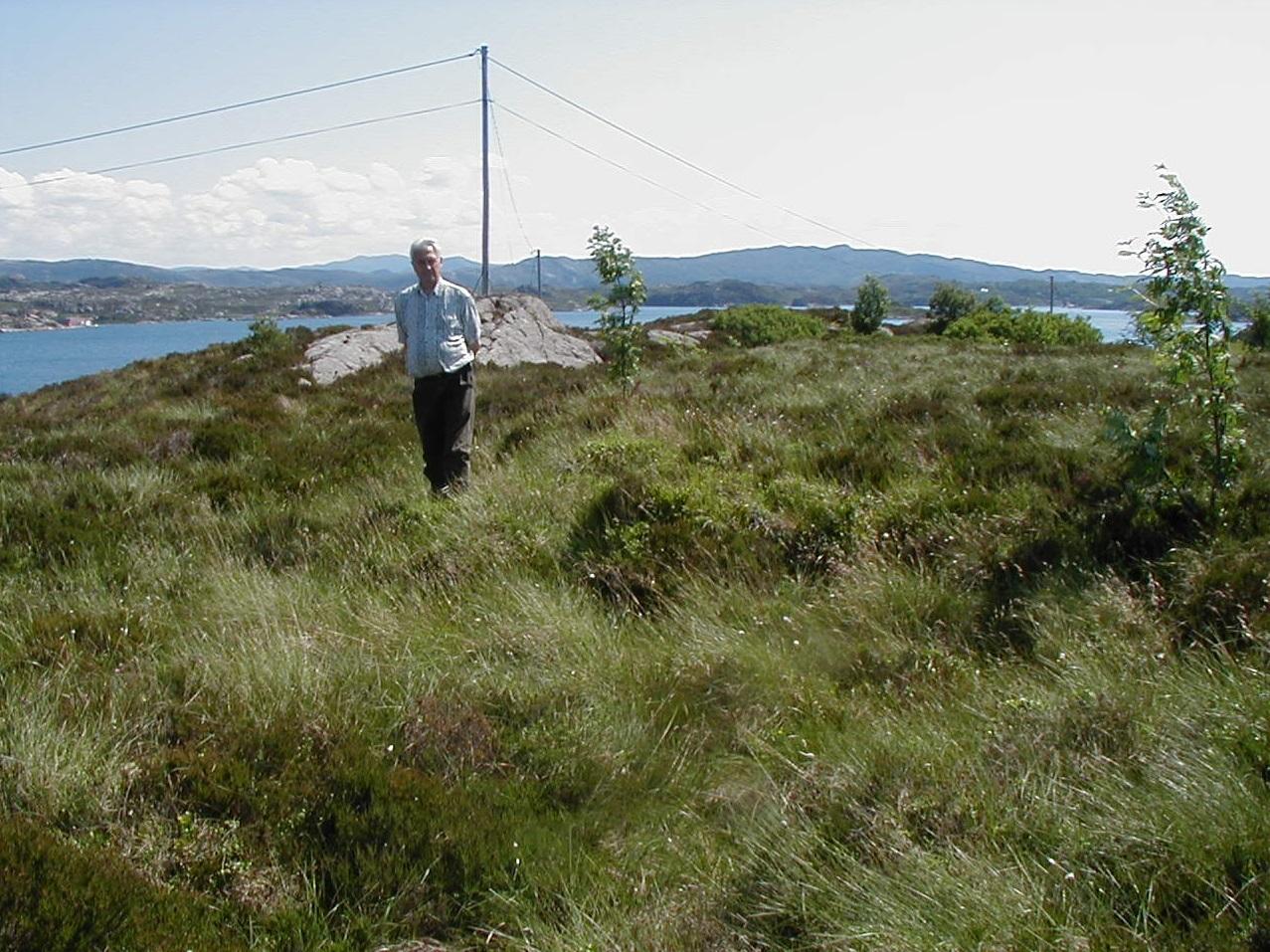Cholera
Cholera is an acute, contagious and highly malignant infection caused by the bacterium Vibrio cholerae. The bacteria are excreted with the patient's faeces and are transmitted through drinking water and food. The incubation period lasts 12 days. The disease is characterized by severe vomiting and diarrhoea, leading to fluid loss of 10-15 litres a day. This fluid loss is hard to replace and the patient will die of dehydration. In former times, 40-70 per cent of the patients died, whereas the present death rate is below one per cent due to effective medicine.
Cholera outbreaks in Norway in the 19th century
Cholera is endemic in Asia and Africa, and has since 1990 spread to South America. Norway was afflicted by two cholera epidemics in the 19th century. The first one reached the country in 1832, causing the death of many people in the Oslofjord area.
The second epidemic broke out in the autumn of 1848, and this time it struck western Norway as well. The first victim was a poor watchwoman in Bergen who died on 10 December. Until April the following year the number of deaths had reached some 600. Apart from the Bergen area, the epidemic also struck hard in the Sunnhordland district. The county of Sogn og Fjordane was spared with the exception of Gulen, where at least 14 persons died of the disease. In addition, two other persons from Gulen died elsewhere.
Precautionary measures against the disease
The authorities implemented measures against the threatening cholera epidemic in the autumn of 1831. In each parish so-called "health commissions" were established to implement local measures. One of these was to designate special gravesites for any cholera deaths and also to take care that the burials took place according to specific measures. These measures were implemented to keep those who were infected or dead as far away as possible from other people. Consequently, ordinary burials attended by many people were absolutely forbidden.
Similar measures were implemented in the autumn of 1848 when the second epidemic broke out. A royal "provisional ordinance concerning precautionary measures against the malignant cholera" was drawn up.
Information concerning treatment by "non-medical persons"
On 25 October 1848, the Royal Norwegian Ministry of the Interior issued a guidance to people in general on the cholera disease and what could be done without the assistance of a doctor. The first point deals with symptoms:
"..Cholera manifests itself by vomiting of a thin fluid as well as diarrhoea, a burning thirst and congestion to the chest, cramps in legs and arms, changed facial expressions, limp, cold skin, no urination, soar throat, weak pulse and a major physical weakening without loss of conscience."
Then follow a number of things that can be done:
"As soon as the first symptoms manifest themselves, and in particular severe diarrhoea, the sick person must take to bed, or at least stay away from cold air, drink something warm, such as "Congo tea", tea of (lemon) balm, elderberry, or camellia, as well as rubbing the whole stomach and in particular the heart area with a woollen cloth wetted with spirits of camphor, turpentine oil or strong liquor."
Cholera corpses at three cholera gravesites at Gulen
In all parishes gravesites should be designated if there were any cholera corpses. The only proof as to the location of these gravesites can be found in the protocols of the local "health commissions". The only exception is Gulen. Three gravesites were taken into use, and there are visible traces of two of them - on the island of Gregusøyna and the point of Klauvneset.
The gravesite Myren is located in a bog in the outlying field of the farm Brimen on the southern point of the island of Byrknesøy. Two persons were buried there in 1849.
The gravesite Klauvnes is located in a bog on the north-eastern side of Byrknesøy. Six persons were buried there in 1849.
The gravesite Gregusøy is located to the west of the farm Vatnøy. Six persons were buried there in 1849. All the gravesites were consecrated by the dean Dahl in May 1851. At the same time he spoke some words on some of those who were buried and also carried out a proper burial ceremony.
